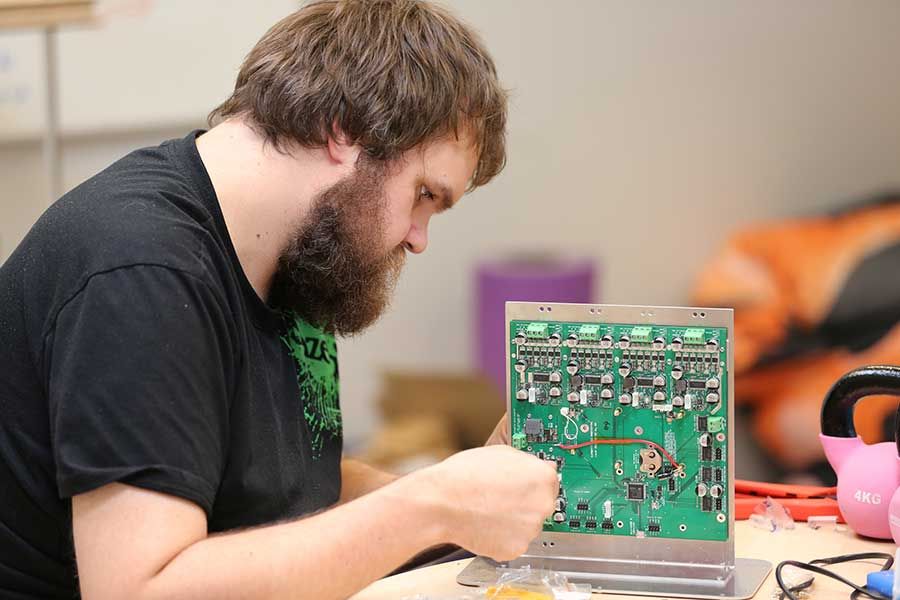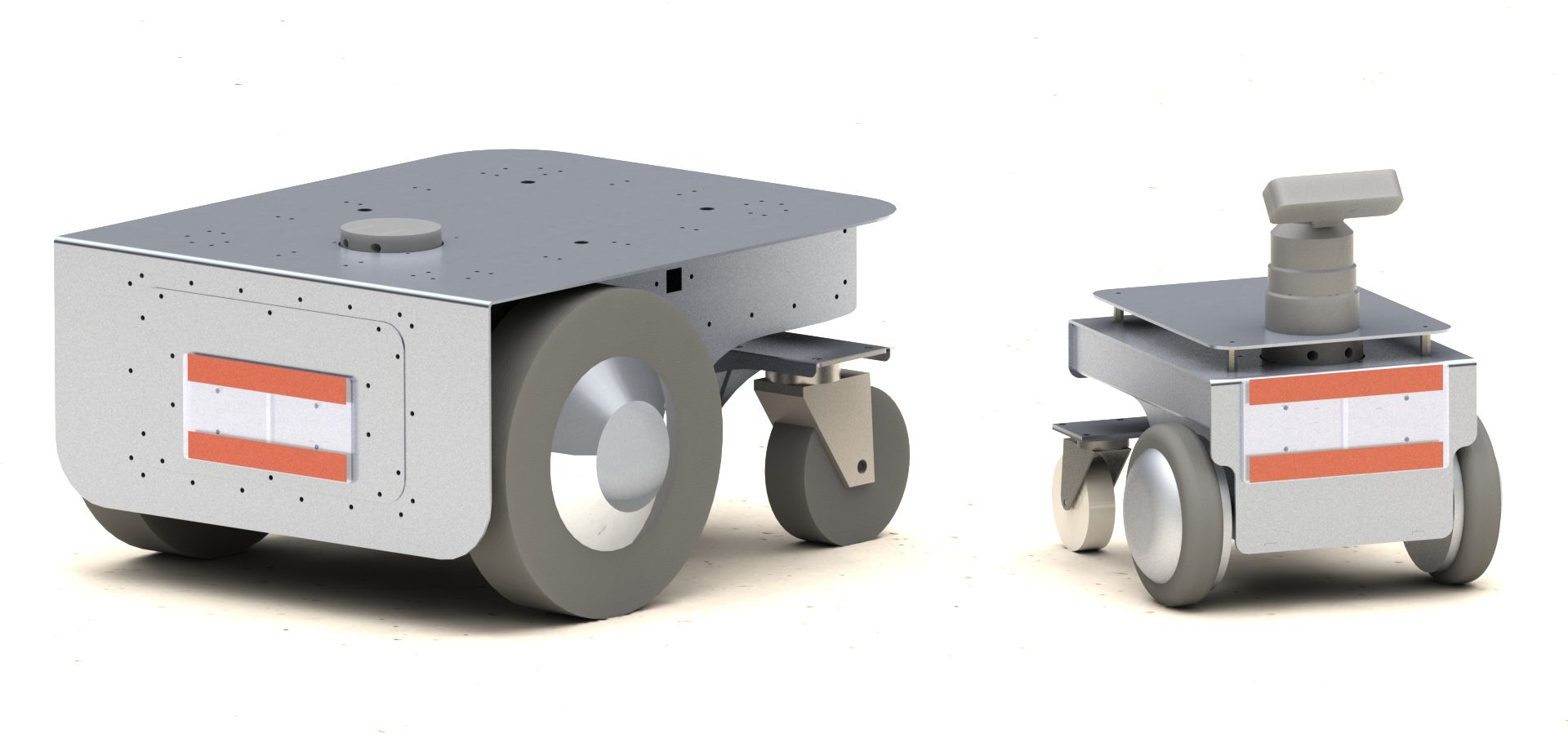Pulu Design Principles
Affordability through integration and lean in-house design

Hi! I'm Antti Alhonen, our chief electronic, embedded & software designer. Together with Arno, we are responsible for the technical performance of designing and building the Pulu products.
In February 2017, I was contacted with this exciting challenge. I agreed with the initial specification: we are going to build a genuinely autonomous robot platform, capable of exploring and mapping its surroundings in less-than-ideal conditions, then performing navigation tasks while actively avoiding collisions.
Miika and Arno had already arrived at a simple, yet capable mechanical starting point, but they needed someone to integrate electronic components such as sensors, motors, drivers, single-board computers, etc., and to write some software.
When joining the team, I wanted to tackle the problem from a different perspective. When tasked with designing novel technology, many startups end up with using existing modules, development boards, etc. as building blocks. While this boosts the initial prototyping quite a bit, it leads to two hurdles, hard to circumvent later:
Firstly, once the product is maturing, the cost and availability issues of said modules will become apparent, necessitating redesign; but if the company know-how is limited to how to interface with the modules, this redesign step will prove more difficult and slower than anybody expects. This is one of the pitfalls commonly seen by crowdfunding startups when they show working prototypes but fail to deliver production units.
Secondly, sensor/actuator/computation modules often end up somewhat limited in functionality, and cannot be improved quickly, even if they were open source hardware. Since robotic startup like us cannot predict every technological aspect, we need to be able to change our technological heading quickly depending on what we see.
From day one, we started designing our PCB, integrating computation, sensing, motor driving, battery charging, power conversion, etc., as much on a single board as possible. Done at the earliest time possible, this has let us gather valuable data about how the design performs, and most importantly, what our actual requirements are. Since we have our electrical diagram, schematic and PCB design done in-house, we don't have to fear about designing a Rev. 2 or Rev. 3, right when necessary.
I want to present an example: Choosing the motors and sensing their position often proves expensive. One typical choice is a small, densely geared-down brushed DC motor with precision encoder, giving a lot of resolution about the wheel shaft position, but typically little power, for a lot of money. Brushless motor controllers tend to add cost and module spaghetti. We tackled the issue through fearless integration, choosing the widely manufactured, cost-effective yet super robust BLDC hub motors, typically used in hoverboards and similar, and solve the controller side by ourselves from scratch. Integration pays off here: power electronics like the motor controllers, powerful Li-ion charger, robust 5V supply for onboard computers and gadgets tend to share things like heat sinking, power planes, capacitors, etc. In the end, our fully integrated PCB boasts four 700W(peak) 3-phase BLDC motor controllers, for a few weeks of my design time, and <$15 in parts per controller. Suitable off-the-shelf controller modules would have started at around $150-200 each, eating up the whole budget for the entire robot in just the motor controllers. The motor control is not perfect, but it has been good enough, and what's best, we can improve our in-house motor control software at any time it becomes a bottleneck.
I hope this quick introduction makes sense! The following months will be all about designing a new vision system, giving us a 360 x 40 degree 3D point cloud view around the robot, working outdoors in direct sunlight; all this to replace our current lousy 2D LIDAR scan. Following the same principles that made it possible for us to squeeze the motor solution price down, we are diving deeper into the 3D Time-of-Flight technology, with all its traps, pitfalls and adventures around them. Existing sensor solutions all cost several times more than the projected retail price of our full robot, so stay tuned.
